Around two-third pages of Voynich manuscript are equipped with such pictures as well as texts written above, below, left or right of the images which you will find are annotating the pictures along with the explanation of their purposes, but there’s a problem: the text in the 600-year-old book doesn’t make any sense. But lately, professor Stephen Bax has announced that he has decrypted the 600-year-old mysterious book in the world.
The Voynich manuscript is an illustrated codex hand-written in an unknown writing system. The pages of the codex are vellum. Some of the pages are missing, but about 240 remain. The text is written from left to right, and most of the pages have illustrations or diagrams.
However, the Voynich manuscript was brought to the public’s attention in 1912 and since then, it has been studied by many professional and amateur cryptographers, including American and British codebreakers from both World War I and World War II. Cryptographers have tried to crack its code; linguists have tried to decipher its base language. Botanists have identified the plants sketched within its aged pages and attempted to cross-reference their ancient and modern names. Few people have claimed to even understand any of its words. But interestingly, until now, no one was successful in deciphering the text. Therefore, this manuscript became a famous thing in the history of cryptography.
But Stephen Bax, who is a professor in applied linguistics at the University of Bedford announced few days ago that he has provisionally decoded 10 words and identified the approximate sound values for 14 symbols included in the manuscript. He thought the Voynich manuscript was probably written in an “invented script, probably by a small group trying to study and pass on knowledge.” Bax also speculated that they may have died out, possibly as a result of war.
Bax is convinced that the manuscript is not a hoax. He has suggested that his finding is “probably an exploratory treatise on nature,” but others have taken issue with his diagnosis. However, if his deductions are correct, they’d be the first words to be deciphered in the manuscript since Voynich rediscovered the book last century. To know what method Bax applied to deciphering the 10 words and 14 sounds, hit the source link below.
Source: The Verge
[ttjad keyword=”processor”]


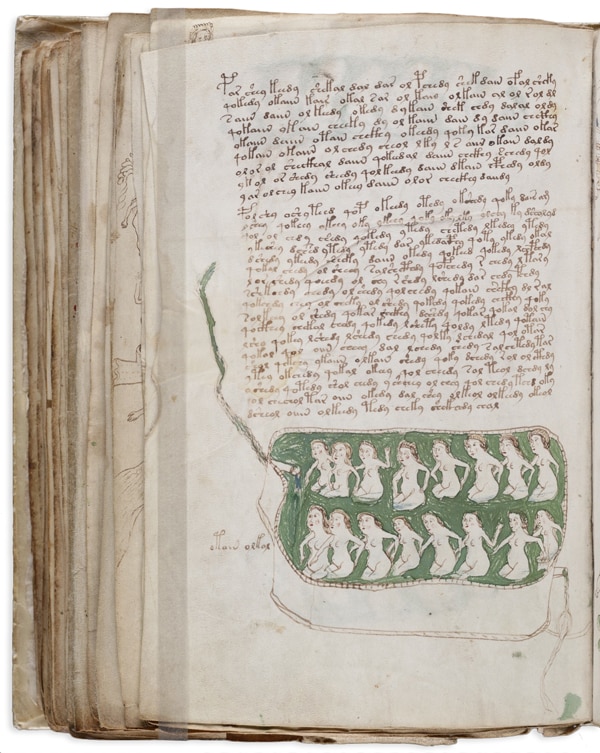
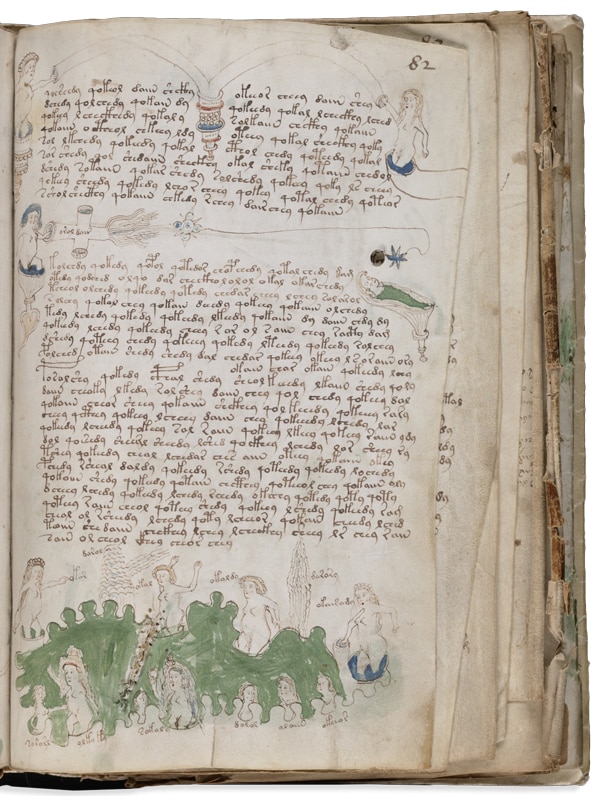
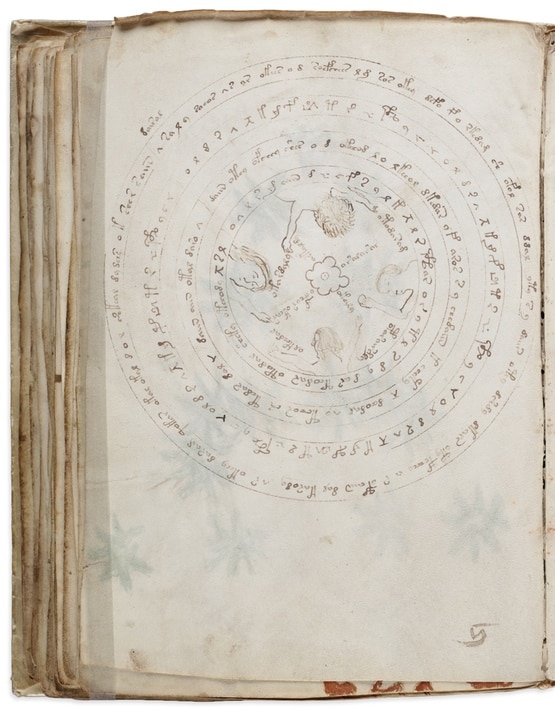
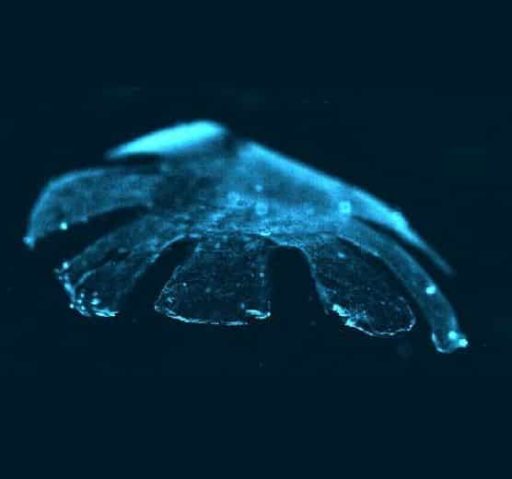
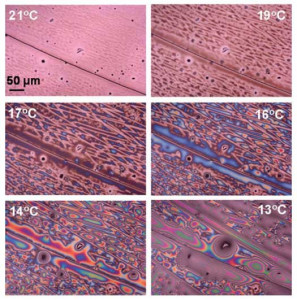

There is a key to cipher the Voynich manuscript.
The key to the cipher manuscript placed in the manuscript. It is placed throughout the text. Part of the key hints is placed on the sheet 14. With her help was able to translate a few dozen words that are completely relevant to the theme sections. The Voynich manuscript is not written with letters. It is written in signs. Characters replace the letters of the alphabet one of the ancient language. Moreover, in the text there are 2 levels of encryption. I figured out the key by which the first section could read the following words: hemp, wearing hemp; food, food (sheet 20 at the numbering on the Internet); to clean (gut), knowledge, perhaps the desire, to drink, sweet beverage (nectar), maturation (maturity), to consider, to believe (sheet 107); to drink; six; flourishing; increasing; intense; peas; sweet drink, nectar, etc. Is just the short words, 2-3 sign. To translate words with more than 2-3 characters requires knowledge of this ancient language. The fact that some symbols represent two letters. In the end, the word consisting of three characters can fit up to six letters. Three letters are superfluous. In the end, you need six characters to define the semantic word of three letters. Of course, without knowledge of this language make it very difficult even with a dictionary.
And most important. In the manuscript there is information about “the Holy Grail”.
I’m willing to share information.
Nikolai.
I am deciphering the manuscript of Voynich and got positive results.
There is a key to cipher the Voynich manuscript.
The key to the cipher manuscript placed in the manuscript. It is placed throughout the text. Part of the key hints is placed on the sheet 14. With her help was able to translate a few dozen words that are completely relevant to the theme sections.
The Voynich manuscript is not written with letters. It is written in signs. Characters replace the letters of the alphabet one of the ancient language. Moreover, in the text there are 2 levels of encryption. I figured out the key by which the first section could read the following words: hemp, wearing hemp; food, food (sheet 20 at the numbering on the Internet); to clean (gut), knowledge, perhaps the desire, to drink, sweet beverage (nectar), maturation (maturity), to consider, to believe (sheet 107); to drink; six; flourishing; increasing; intense; peas; sweet drink, nectar, etc. Is just the short words, 2-3 sign. To translate words with more than 2-3 characters requires knowledge of this ancient language. The fact that some symbols represent two letters. In the end, the word consisting of three characters can fit up to six letters. Three letters are superfluous. In the end, you need six characters to define the semantic word of three letters. Of course, without knowledge of this language make it very difficult even with a dictionary.
And most important. In the manuscript there is information about “the Holy Grail”.
I’m willing to share information.
Nikolai.